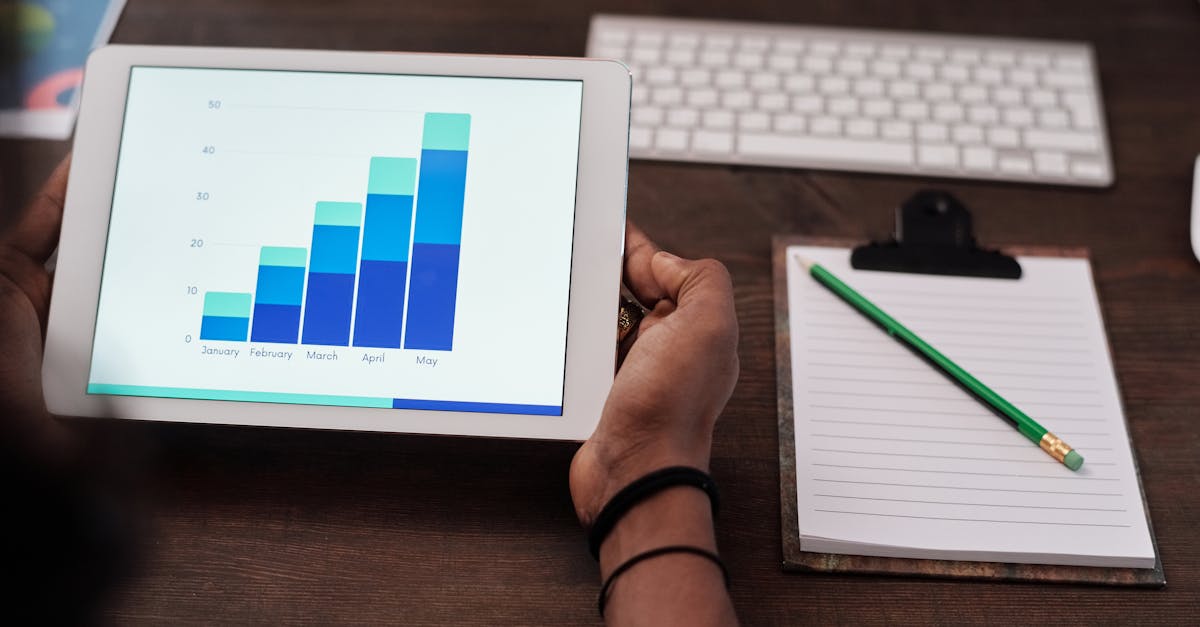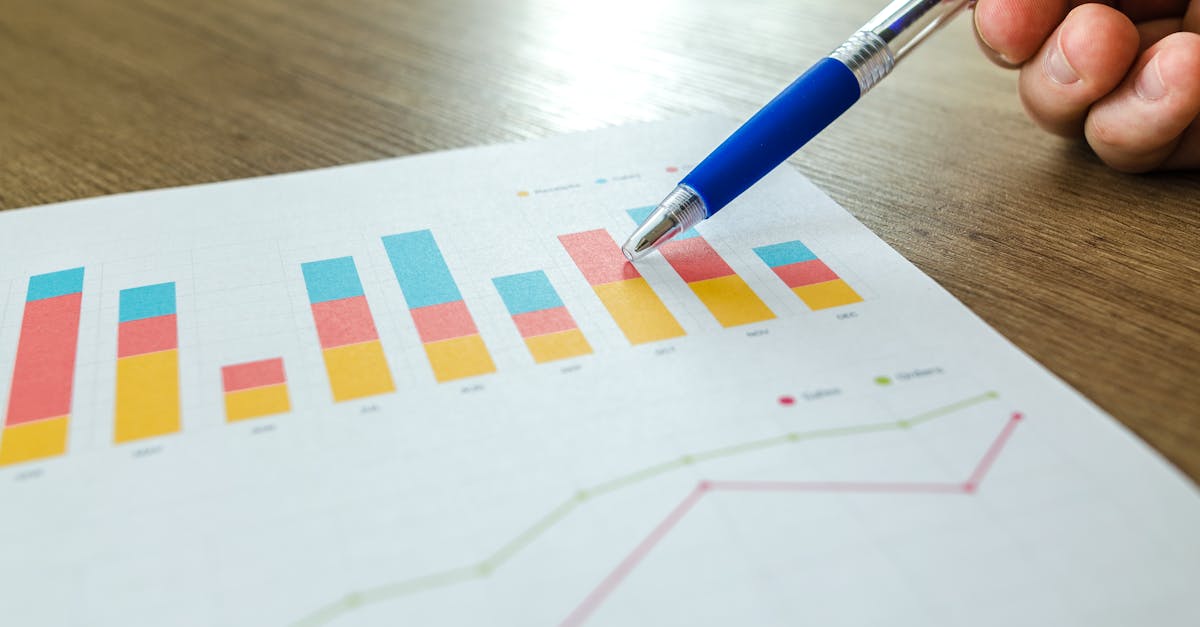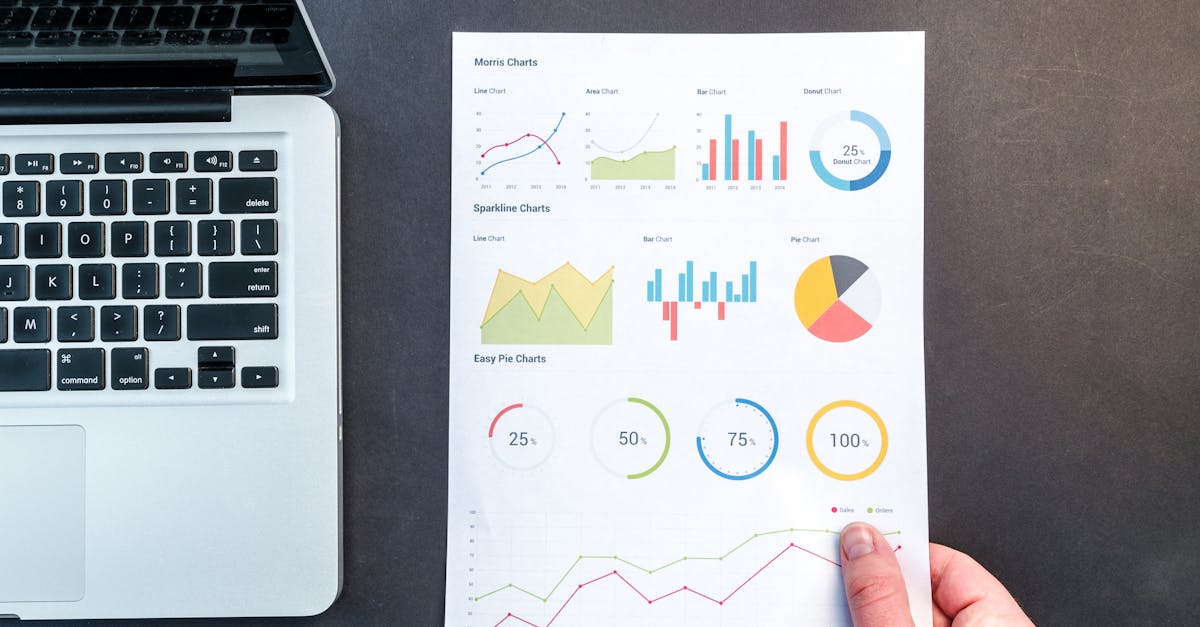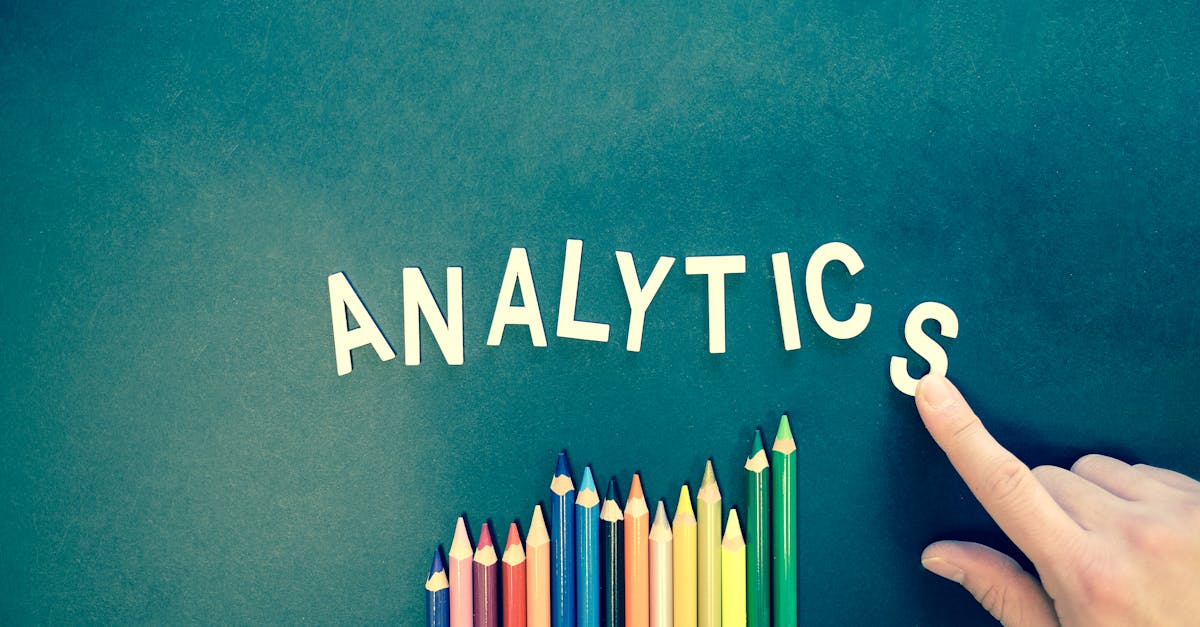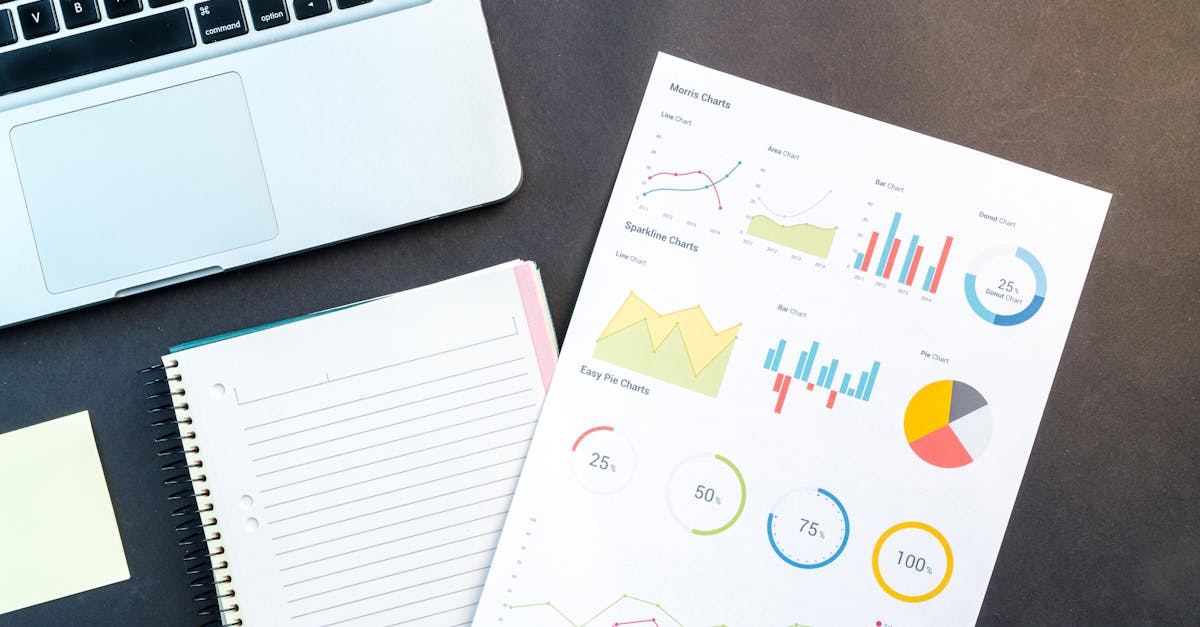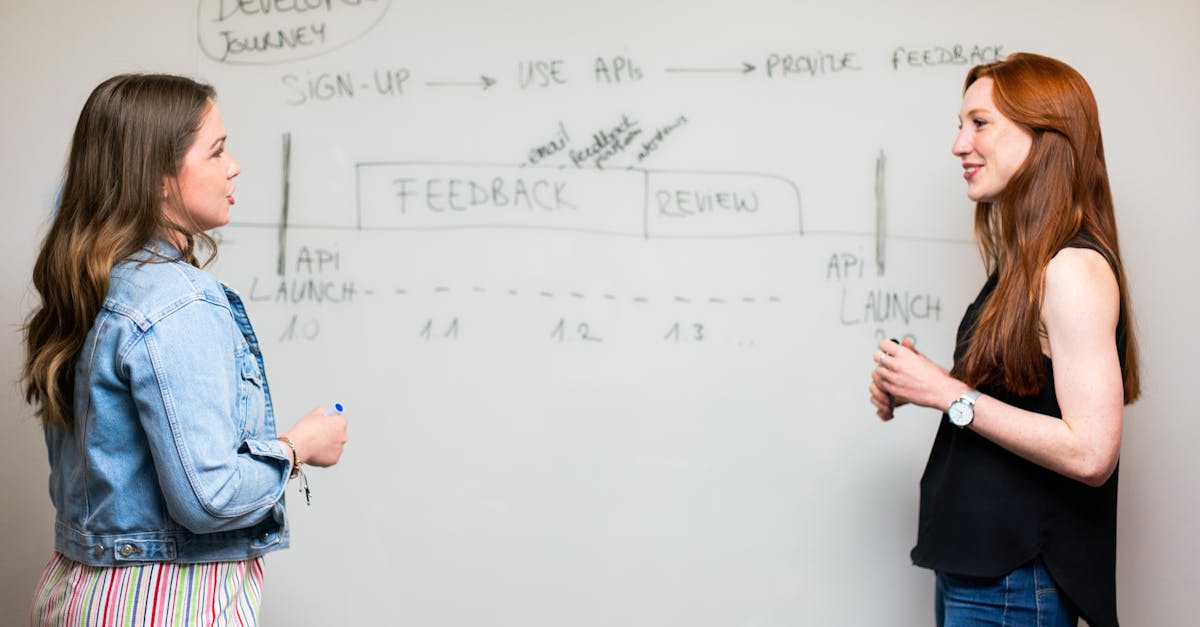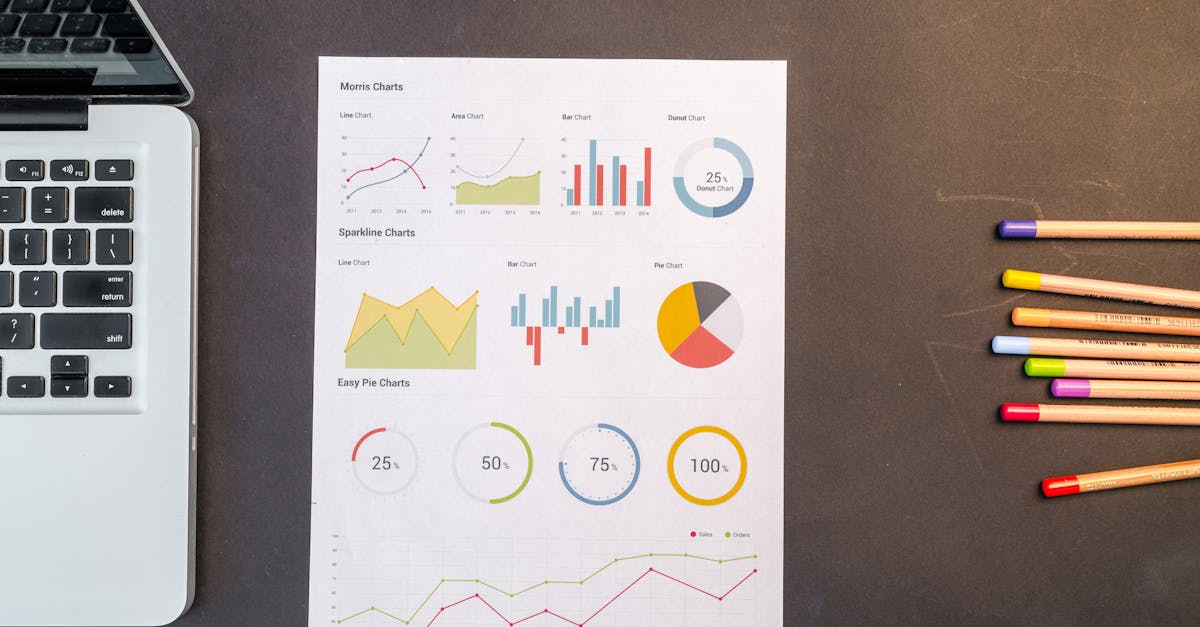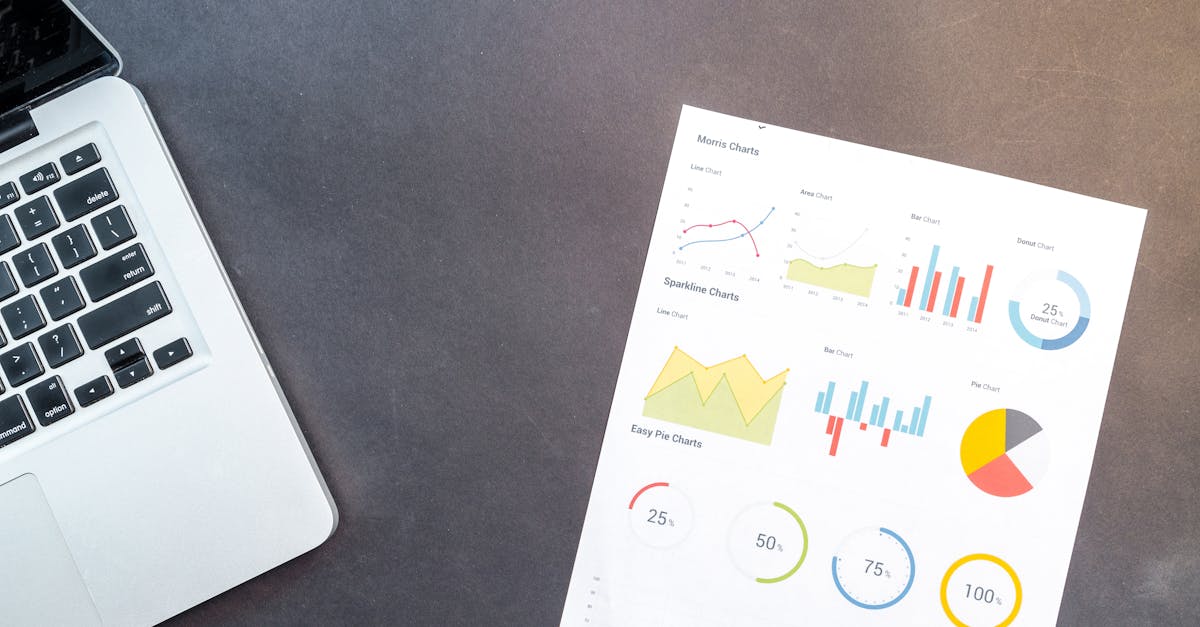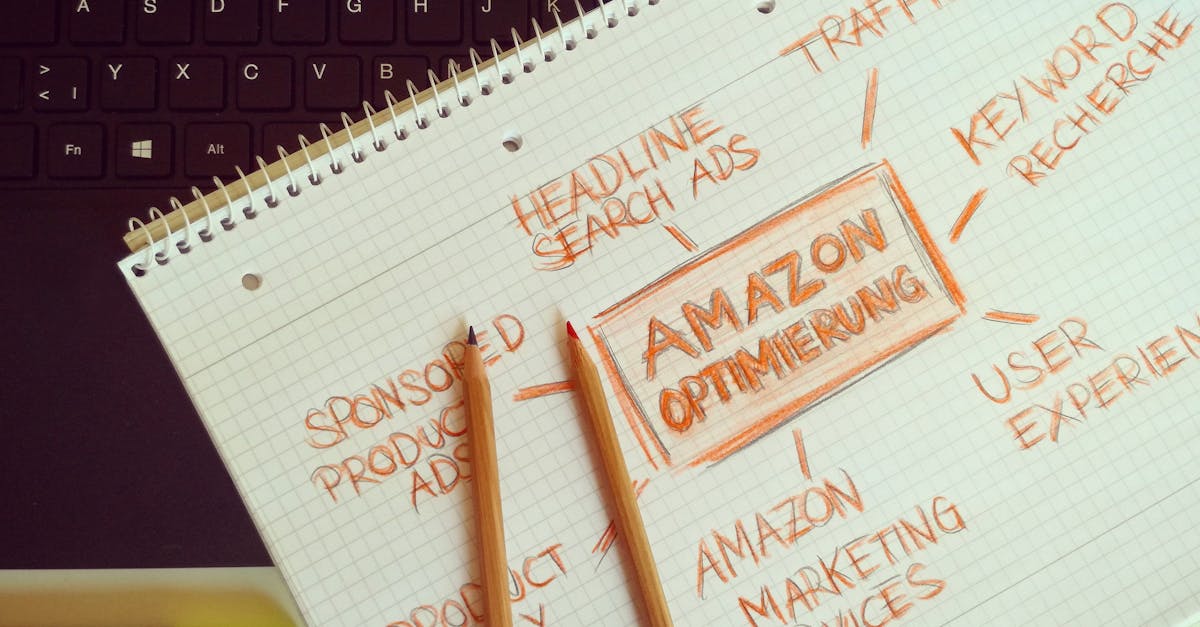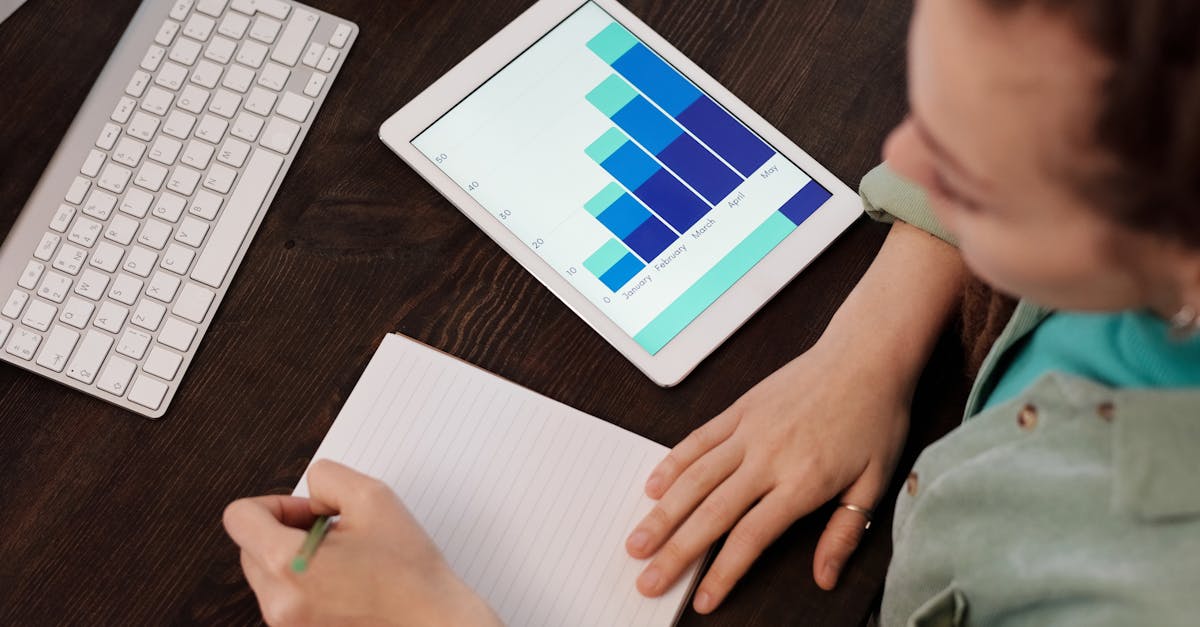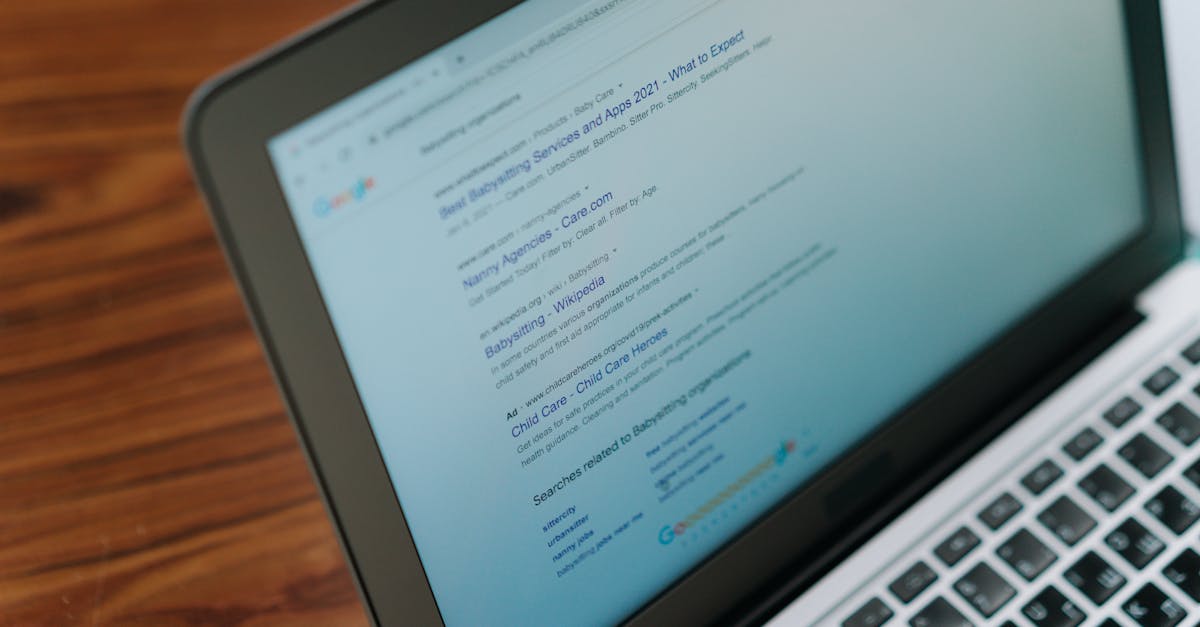
Table Of Contents
Types of Reporting
Reporting can be classified into various types, each serving specific purposes and audiences. Descriptive reporting focuses on summarising past events and trends, providing a straightforward account of what occurred. This type often employs straightforward metrics and factual data, making it easy for stakeholders to grasp performance levels over a designated timeframe. In contrast, diagnostic reporting delves deeper, evaluating the underlying causes of performance results. This approach is crucial for identifying issues and determining what adjustments might be needed moving forward.
Analytics and reporting work hand in hand to enhance decision-making in organisations. By integrating analytics into the reporting process, companies can convert raw data into actionable insights. This combination not only highlights significant patterns and correlations but also facilitates more strategic narratives that support business objectives. Advanced reporting techniques, especially when enhanced with analytical tools, enable businesses to present data in a compelling manner, improving comprehension and fostering informed decision-making.
Varieties of Reporting in Different Sectors
In the business sector, reporting often focuses on financial performance, sales figures, and operational efficiency. Companies utilise various formats, from traditional financial statements to real-time dashboards. These reports cater to different stakeholders, including management, investors, and regulatory bodies, providing crucial insights into the organisation's health and directing strategic decisions. Analytics and reporting play a vital role in enhancing business intelligence, allowing companies to respond swiftly to market changes.
In the healthcare field, reporting shifts towards patient outcomes, treatment efficacy, and resource allocation. Healthcare professionals rely on clinical reports and statistical analyses to evaluate the performance of medical interventions and ensure compliance with health standards. The emphasis is on both quality and safety, with analytics and reporting contributing to improved patient care and operational efficiency. Providers use detailed metrics to track progress and identify areas for improvement, underscoring the significance of precise reporting in this sector.
Types of Analysis
Analysis plays a crucial role in interpreting data to inform decision-making, offering insights that can drive organisational success. Different types of analysis can be distinguished based on their purpose and approach. Descriptive analysis focuses on summarising historical data, highlighting trends and patterns. In contrast, predictive analysis uses statistical models and machine learning techniques to forecast future outcomes based on current and past data. Prescriptive analysis takes this a step further by suggesting specific actions or strategies to optimise results.
Analytics and Reporting are closely intertwined, with each serving distinct yet complementary functions. While analytics centres on examining data to derive insights, reporting involves disseminating these findings in a structured format. The choice of analytical approach can influence the design and effectiveness of reports, as the insights derived shape the narrative presented to stakeholders. Effective communication of analysis findings through reporting not only enhances understanding but also aids in strategic planning and performance measurement.
Different Analytical Approaches Explained
Various analytical approaches are utilised depending on the goals and context of the analysis. Descriptive analysis summarises past data to understand trends and patterns without making predictions. This approach often employs statistical techniques to present information clearly. In contrast, predictive analysis leverages historical data along with algorithms to forecast future outcomes. This method allows organisations to prepare for potential scenarios and make informed decisions based on anticipated results.
Prescriptive analysis takes things a step further by not only predicting outcomes but also suggesting actions based on those predictions. It employs advanced models and simulations to recommend the best course of action. Another significant approach is diagnostic analysis, which seeks to explain why certain events occurred. By examining correlations and examining variables, analysts can identify causes behind trends. Analytics and Reporting work together in these contexts, ensuring data-driven insights inform strategic planning and operational efficiency.
Tools for Reporting
When it comes to reporting, the right tools play a crucial role in transforming raw data into meaningful insights. Popular software solutions range from simple spreadsheet applications to comprehensive business intelligence platforms. These tools allow users to create visually appealing reports that summarise key metrics and trends. Effective reporting tools often include features for data visualisation, customisable templates, and the ability to integrate with various data sources.
Analytics and reporting go hand in hand, with many organisations opting for solutions that streamline both processes. Platforms like Tableau, Microsoft Power BI, and Google Data Studio enable businesses to analyse data while also providing robust reporting capabilities. These tools empower users to present their findings in a clear and concise manner, facilitating better decision-making across various departments. Their intuitive interfaces make it easier for non-technical users to engage with data, ensuring that insights are accessible to all stakeholders.
Popular Software Solutions for Reporting
In the realm of Analytics and Reporting, several software solutions stand out for their efficiency and user-friendly interfaces. Microsoft Power BI is a popular choice among businesses for its ability to transform raw data into insightful dashboards. It offers various visualisation options, allowing users to represent data dynamically. Tableau is another widely recognised tool, appreciated for its powerful analytics capabilities and ability to handle complex data sets, making it suitable for organisations with intricate reporting needs.
Cloud-based solutions have gained traction as well, with Google Data Studio allowing users to create custom reports and visualisations by integrating multiple data sources seamlessly. This flexibility is ideal for those needing real-time data updates. Similarly, Looker provides comprehensive data exploration and analytics features, enabling organisations to derive actionable insights effortlessly. These tools enhance the reporting process, making it easier for teams to communicate findings and support decision-making.
FAQS
What is the primary difference between reporting and analysis?
The primary difference is that reporting involves presenting data in a structured format, while analysis focuses on interpreting that data to derive insights and make informed decisions.
Why is reporting important in businesses?
Reporting is essential for providing stakeholders with clear, concise information on performance metrics, compliance, and operational status, helping them to track progress and make informed decisions.
What are the main types of reporting?
The main types of reporting include financial reporting, operational reporting, compliance reporting, and management reporting, each serving different purposes within an organisation.
Can you explain the different analytical approaches?
Different analytical approaches include descriptive analysis (summarising historical data), diagnostic analysis (explaining why something happened), predictive analysis (forecasting future outcomes), and prescriptive analysis (recommending actions based on data).
What tools are commonly used for reporting?
Common tools for reporting include business intelligence software, spreadsheet applications, and customised reporting platforms, which help automate data collection and presentation for easier interpretation.









